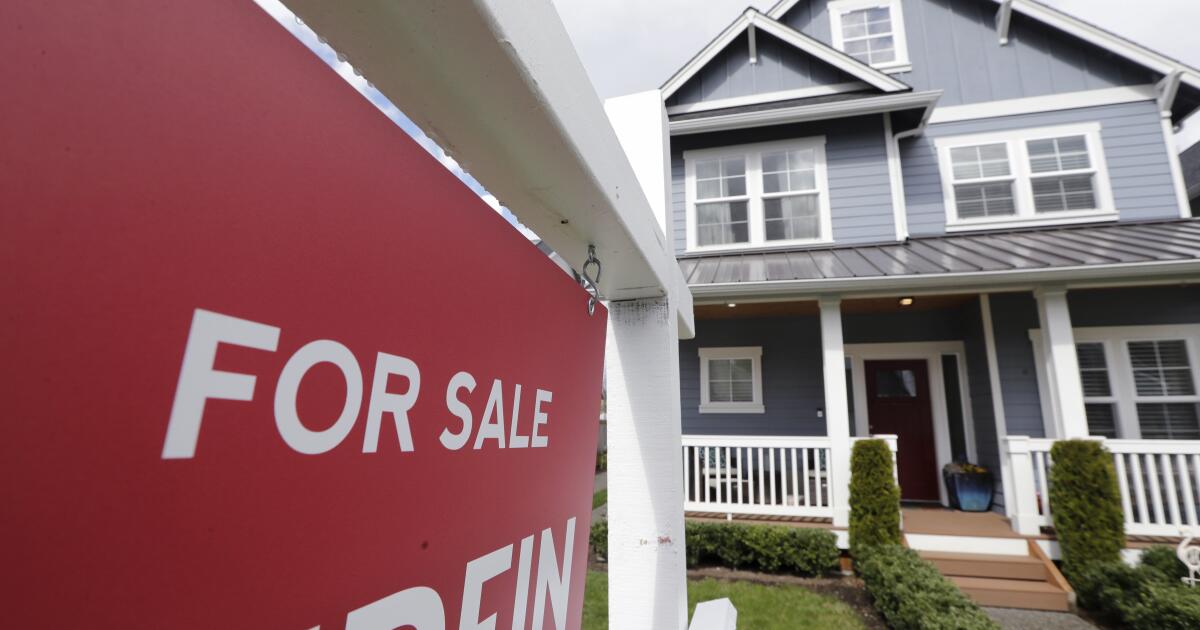A whopping 79 per cent of SA’s empty nester households have no intention of downsizing and freeing up larger homes for younger families.
And some of the biggest populations of potential downsizers are sitting on properties in some of the city’s most sought-after school suburbs.
Extraordinary figures from Australian Seniors surveys shows just 17 per cent of SA parents whose children have moved out of home have downsized, while only 4 per cent are considering it.
The figures were the highest in the country, when compared to the national average of 69 per cent of empty nesters clinging on to their homes.
Among the generations, Baby Boomers were most likely to have downsized in the past year, while an equal number of Boomers and Generation X stayed put.
High-net worth individuals earning more than $200,000 a year made up the highest proportion of people who had not yet downsized.
A separate analysis of Census data revealed the SA suburbs with the highest populations of potential downsizers, defined as residents aged over 50.
MORE NEWS
Government unlocks surplus land for housing
Multimillion-dollar sale proves property market is out of control
Golden Grove, in Adelaide’s northeast, led the state, with 4459 people in that demographic.
Hope Valley was another hotspot, with the remaining top 10 located in West Lakes, Wynn Vale, Paradise, Grange, North Haven, Fulham Gardens, Somerton Park and Glenelg North
Many of these locations were also suburbs where homeowners held onto their properties for the longest periods, between 10 and 15 years.
The housing crisis has emerged as a cornerstone of the federal election campaign, sparking calls for reforms by the Retirement Living Council’s (RLC) to unlock 59,576 homes across Australia.
SA alone could potentially free 8027 of these properties, particularly in low-to-middle-income areas including Tea Tree Gully, Salisbury, Onkaparinga, Campbelltown and Marion.
Prop Track senior economist Eleanor Creagh
PropTrack senior economist Eleanor Creagh said as SA grappled with a housing shortage, one of the big untapped sources was making better use of existing homes.
“We know that affordability for South Australia has declined significantly, with prices rising around 80 per cent in the past five years … and that could be playing into the reluctance of downsizers,” she said.
“(But) the decision to downsize isn’t just financial, it’s a very personal decision. And the cost of stamp duty and a lack of suitable alternatives is a disincentive for a lot of older South Australians — particularly given all the emotional and cultural factors at play.”
InView Property Group founder Lynda McNeil, who has worked extensively with downsizers in recent years, said it had become clear many who did want to find a better fit were deeply worried about what would happen to the home where they had raised their family.
“There’s a lot of psychology of the feelings of what they are leaving behind,” she said.
“And a lot of them are in a position where they are very invested in who buys the home as they want a family to come in and love it the way they have. Some don’t like the idea that it might be knocked down and redeveloped.
“They want to see someone like them from 25 years ago coming into the home. So the cycle of these family homes is being held up by people not being willing to push the button and sell, but it’s understandable.”
MORE NEWS: Iconic Aus vineyard to be destroyed for 1000 homes
SA’s top empty nester hotspots. Source: PropTrack
Other key sticking points were not being able to find a home that suited their needs, with big entertainment spaces and a ground-level main bedroom, or a lift between levels, as well as remaining in the community they know and where their doctor, chemist and favourite cafe is located.
“They generally aren’t ready to go to an apartment as they have never dealt with the idea of body corporate fees before,” Ms McNeil said.
In a report released today, the RLC urged the removal of financial barriers in order to encourage older Australians to ‘rightsize’ and create much-needed housing opportunities for younger families.
According to the Removing Rightsizing Roadblocks report, reforms to the Age Pension assets test and Commonwealth Rent Assistance eligibility could encourage an additional 94,000 seniors to access retirement village housing options by ensuring they are not financially penalised for doing so.
RLC executive Daniel Gannon said these changes could lead to significant outcomes, including reducing the costs and demand on public housing, hospitals and aged care, while generating $2.95b in stamp duty revenue for state governments.
“Prehistoric policies are locking older Australians in large family homes during a housing crisis when rightsizing initiatives should be front and centre to ease pressure on housing and healthcare systems,” he said.
“It’s absurd that policies written decades ago are expected to keep up with modern day house prices and cost of living. Older Australians risk losing their pension while younger people are in housing limbo.”
MORE NEWS: ‘Hard to come by’ waterfront listing is ultimate holiday compound
George Dostal recently moved into Brighton Dunes Retirement Village and, after 18 years, is now selling his Hindmarsh Valley family home. Picture: Tim Joy
The trophy river retreat with a private jetty, boat ramp and a range of outdoor sporting equipment provides a rare chance to break into one of SA’s most exclusive real estate enclaves.
Retired international photojournalist George Dostal, who is selling his Hindmarsh Island family home of 18 years at 40 Edison St, said the decision to downsize came down to a couple of things.
This included waiting for years for an apartment to become available at Brighton Dunes, a luxury retirement village only metres from the beach.
“It was the only (retirement village) I wanted to come to and I waited for years…and have finally been successful but it’s not the only reason for selling,” he said.
“My wife past away five years ago and while my family came to visit, I started to feel quite isolated on Hindmarsh Island. The people around me there were holiday makers and weekenders. I didn’t have anyone who was a neighbour.
“So as I get older, I’m trying to age gracefully and I’m aware I’m not as able as I used to be so this is a way of helping the kids out (by giving them money from the Hindmarsh Island sale) and better looking after myself.”



















 English (US) ·
English (US) ·